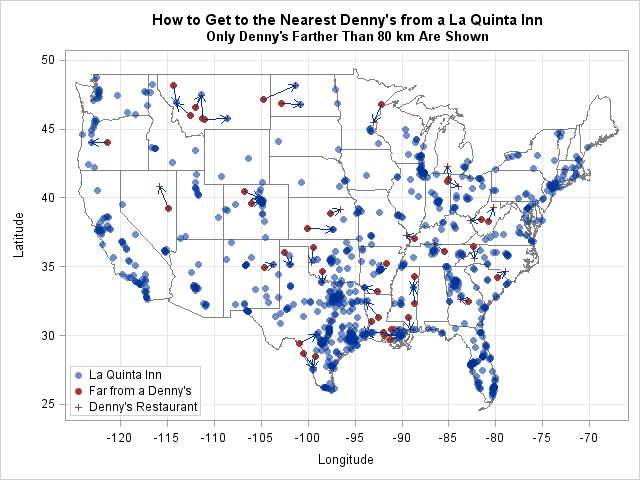

The above command states that within each stockid group (that has been sorted by ascending order of year), all ticker observations except the first are to be replaced with the value from the first year. input with n rows, otherwise return n -1 values. countries with a secondary enrollment of at least 90 (Column 2), 95 (Column 3) and. Thus, the half bottom of the matrix gets missing (the upper table: ///). However, the following command works only until the n-th row is reached to get a value then the subsequent new rows become empty. Code: bys group: egen count count (id) bys id year group: egen pairs count (id) I fix it by this way: Code: egen tagtag (id group) bys group: egen counttotal (tag) egen tag1 tag (id year group) bys id year group: egen pairstotal (tag1) I got 'pairs' all equals to 1, which means there is something wrong here.

Since the row name ends up being 'eated' instead of the variable name, esttab does not put these next to each other, but instead puts the results of pwmean down below mean. compute country-level averages (using the provided sample weights). So a newly created subsequent column (e.g, id1) has a subsequent (i+1) value of the original variable (e.g., id ), and so on. DNORS was a computer-assisted personal interview (CAPI) that was conducted by interviewers. I need the variable name in the row name, so I can successfully append the results of pwmean, with the results of mean, in a single table with one row per variable. We can automate the process using by and _n.īysort stockid (year): replace ticker=ticker if _n>1 ask informants and provided a way to record the information. To fill in rows 6 through 10 with "AMZN", you could do this:Ĭlearly, with multiple observations to replace, replacing values line-by-line this way becomes cumbersome and prone to human error. Part 1: How do I calculate the distance between two locations with Stata Part 2: How do I find the nearest city/location with Stata A.

The algorithm is straightforward enough in Python - fix variable 1, compare. I have currently figured out the problem in Python, but it takes over 2 minutes to run through 300 observations (or roughly 10ish hours for the whole dataset). To fill in row 6 of ticker with the appropriate value ("AMZN"), you could do this: In reality, I have over 300,000 observations for each variable, so the computation becomes cumbersome quickly. We will fill in the blanks in the ticker variable (this assumes that the ticker symbols for these stocks did not change over time).įirst, make sure that the data are sorted by stockid and year. I then estimate a general equilibrium structural model to measure the optimal level of government provision using. For the sample of CompNet countries, we find strong and robust. geodist can also calculate great-circle distances using the. between firm productivity distribution and aggregate exports on a cross-country basis. By default, geodist implements Vincenty's (1975) formula to calculate distances on a reference ellipsoid. Now that you have a sense of what _n and _N do, let's use _n in combination with by to perform a concrete task. geodist calculates geographical distances by measuring the length of the shortest path between two points along the surface of a mathematical model of the earth.


 0 kommentar(er)
0 kommentar(er)
